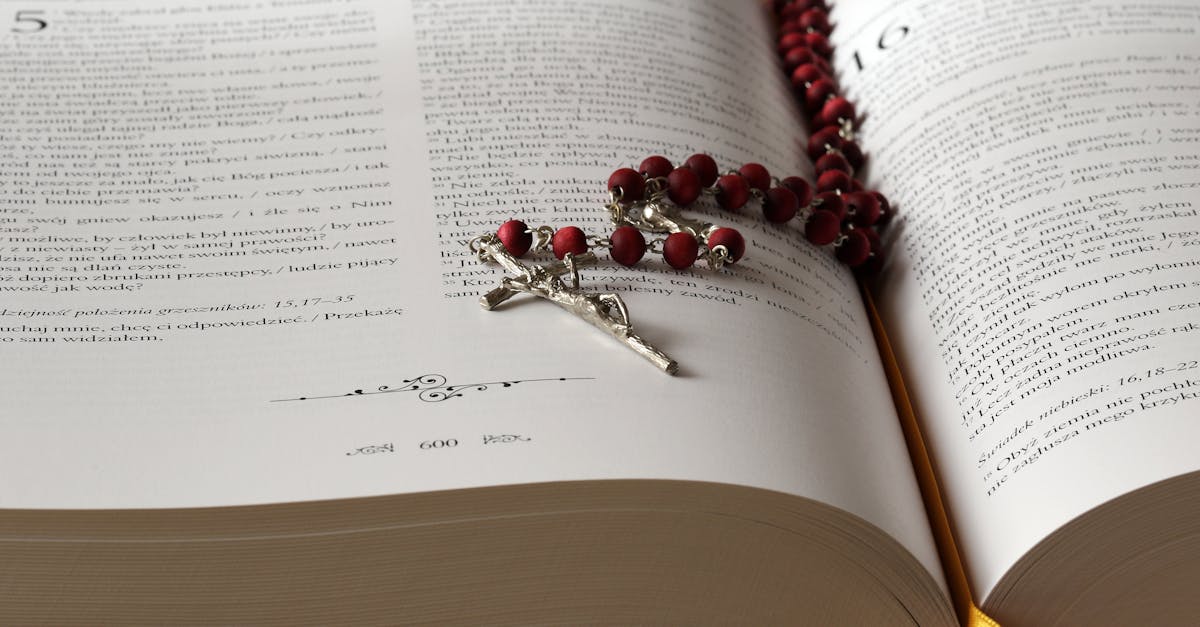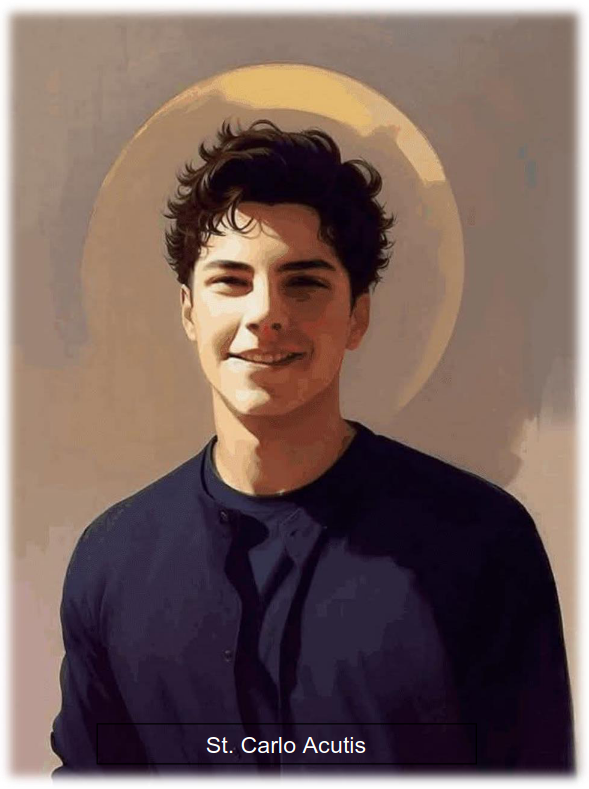While it can sometimes seem as if saints are a thing of the bygone era, or that they do not have modern interests and talents like ours, St. Carlo Acutis shows us that saints can be “normal” teenagers with extraordinary faith — even in the Internet age!
St. Carlo Acutis was born on May 3, 1991, in London to non-religious parents. However, much of his family was Catholic, and he was baptised a few weeks after his birth. Shortly after, he moved with his family to Milan, where his parents would work for family businesses. Since his parents worked, Carlo was often entrusted to the care of nannies or daycare centres. From a young age, he demonstrated an interest in Catholicism, and one of his babysitters would answer the questions he had about her faith.
From this young age, Carlo began showing extraordinary signs of devotion to Christ. When he was three years old, his grandfather died and appeared to him in a dream asking for prayers. Shortly after, Acutis put on his coat while his grandmother was watching him and asked to be taken to church so he could pray for his grandfather, who according to Carlo “had gone to see Jesus.”
Carlo’s mystifying faithfulness extended to ordinary situations, too. One time at daycare, some other children were bullying him. Thinking he was being too nice to them, a nanny tried to teach Carlo to set some boundaries so that the other children would not steal his toys. Carlo replied that “Jesus would not be happy if I lost my temper.”
After spending summer days at the beach, Carlo would join the older women of his local parish to pray the rosary.
On walks to school, he would take time to learn the names of people working along the road and greet them personally every morning, from then on.
After his first communion at age seven, Acutis would frequently attend Mass to receive the Eucharist, and regularly went to Eucharistic Adoration. His faith—and his incessant questions—eventually brought his mother back to the faith.
The Acutis household employed a Brahmin immigrant named Rajesh Mohur, whom Carlo befriended and later inspired to get baptised, too. Mohur’s friend and mother also converted after hearing Acutis speak about the faith.
As a teenager, Carlo loved reading and computer science, and he taught himself to code and play the saxophone. He enjoyed playing video games such as Halo, Super Mario, and Pokémon—but according to his mother, he exercised great discipline and only allowed himself to play video games for one hour each week in order to avoid addiction.
At 12 years old, he became a catechist and began sharing his faith with his peers.
He also showed interest in the lives of the saints, especially Francis of Assisi, Anthony of Padua, Francisco and Jacinta Marto, and Dominic Savio, and he was said to have a special devotion to both his guardian angel and St. Michael Archangel.
When Carlo was 14, his parish priest asked him to create a web page for his parish in Milan. Then, a priest at his high school asked him to create a website to promote volunteering. For his work on the website, Carlo won a national competition called Sarai volontario, which translates to “You will be a volunteer.”
Following these successes, Carlo used his coding skills to create a website cataloguing every reported Eucharistic miracle in the world and maintain a list of Marian apparitions recognised by the Catholic Church. He launched the website in 2004, then worked on it for two more years before unveiling it publicly on October 4, 2006, the feast of St. Francis.
A few days earlier, however, Carlo had developed an inflammation of the throat. Doctors diagnosed him with parotitis, which is typically a mild infection, and dehydration. A few days later, his condition worsened, and by the next Sunday, he was too weak to get out of bed for Mass. He was brought to a clinic and diagnosed with acute promyelocytic leukaemia, with little chance of recovery. He was transferred to intensive care, then to another hospital, for treatment.
Once during Carlo’s stay in the hospital, a nurse came to check in on him. His parents were sleeping beside him, so Carlo asked the nurse not to wake them because they were already tired, and he did not want to worry them anymore. He offered his suffering for Pope Benedict XVI and the Church, and when doctors treating him asked about the pain, he replied: “There are people who suffer much more than me.”
Carlo’s stay in the hospital was short. In his last words to her, Carlo said to his mother: “Mom, don’t be afraid. Since Jesus became a man, death has become the passage towards life, and we don’t need to flee it. Let us prepare ourselves to experience something extraordinary in the eternal life.” He then fell into a coma, and after a cerebral haemorrhage, he was pronounced brain dead. He died the next day on October 12, 2006, at the age of 15.
Strangers attended his funeral, many of them young people who had abandoned the Church.
“Let us prepare ourselves to experience something extraordinary in the eternal life.”
In 2012, the Archdiocese of Milan opened Carlo’s cause for canonisation. Carlo was named a Servant of God in 2013. His last wish had been to be buried in Assisi, the home of St. Francis, and on April 6, 2019, his body was transferred there to its final resting place.
On the anniversary of Carlo’s death, a mother in Brazil whose son had a pancreatic congenital defect took her son to Mass, where a clothing relic of Carlo’s was being held. For days beforehand she had prayed a novena asking for Carlo’s intercession, and after Mass, her son kissed the relic asking for help not to throw up as much from his condition. Immediately following the Mass, he told his mother he felt healed and asked for solid foods when they returned home, despite having been on an all-liquid diet.
Pope Francis confirmed the miracle’s authenticity in 2020, leading to Carlo’s beatification. Then in 2022, a Costa Rican woman fell off her bike and suffered a brain haemorrhage. Doctors gave her a low chance of survival, but her mother visited the tomb of Carlo and prayed for his intercession to help her daughter. That same day, her daughter began to breathe without assistance and was able to walk the next day; all evidence of the haemorrhage simply disappeared. The miracle was again authenticated by Pope Francis, who announced Carlo’s canonisation during the Jubilee of Teenagers in 2025.
Following Francis’ death, Pope Leo XIV officially canonised St. Carlo Acutis alongside St. Pier Giorgio Frassati on September 7, 2025. Together, the Church celebrates these two new saints for their encouraging example to young Christians.
St. Carlo Acutis, the Millennial saint, pray for us



Leave a Reply
You must be logged in to post a comment.